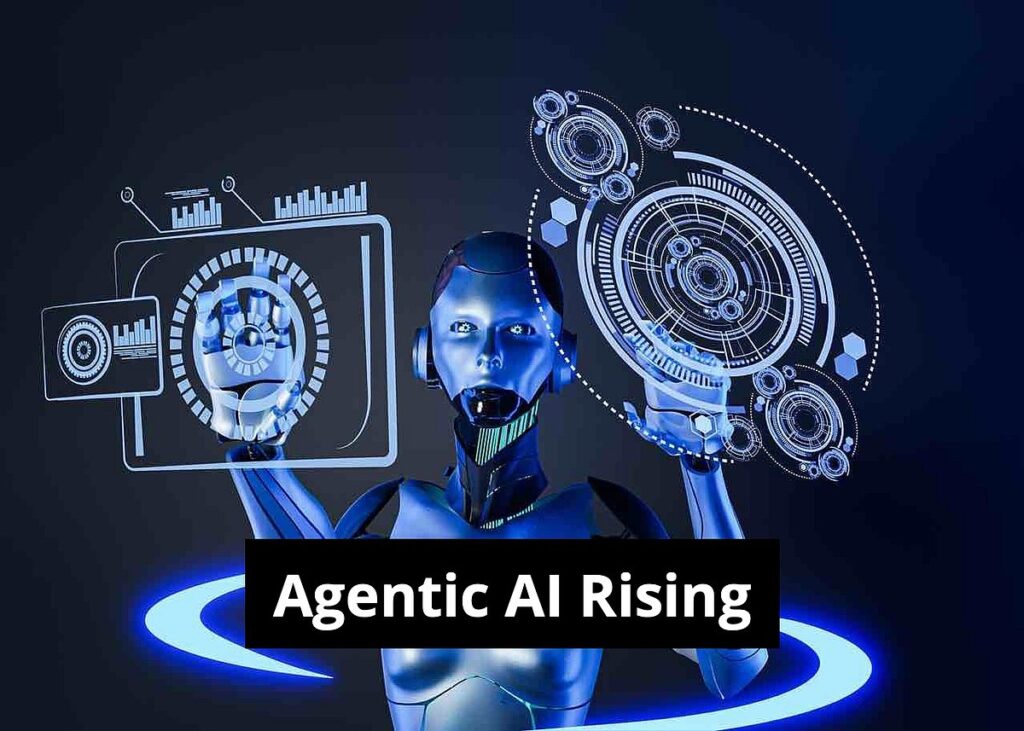Service organizations are at the forefront of a significant transformation influenced by artificial intelligence (AI). As the nature and volume of customer interactions evolve, the relationship between service teams and customers is increasingly complex. The result is an environment ripe for value delivery and enhanced customer experiences, but it also introduces challenges, particularly in automation. Addressing these challenges effectively can significantly impact the organization’s bottom line.
One common issue that arises in AI-driven customer service automation is the occurrence of errors during interactions. These errors may manifest in various ways, such as miscommunications, incorrect data interpretations, and even complete failures in processing requests. Understanding the root causes of these errors is essential for developing effective solutions. One frequent problem is the percentage of ‘false negatives’ where the automated system fails to recognize a legitimate customer request due to programming inconsistencies or overly rigid algorithms.
To start troubleshooting, organizations should first conduct a thorough assessment of their current AI systems and the specific scenarios where errors occur. Document the types of interactions that often result in errors and investigate the underlying software components responsible for processing those interactions. Additionally, explore whether the API integrations used for interfacing with other services are functioning correctly. Rate limits imposed by these APIs can lead to failures in processing requests, affecting overall system efficiency.
For practical troubleshooting, here are step-by-step solutions to common issues. Begin by updating the data processing algorithms used in AI interactions. Smaller service organizations might lack the bandwidth for extensive overhauls, yet minor tweaks in the AI’s training set can significantly reduce error rates. Train the AI on diverse datasets to improve its understanding of various customer inquiries and responses.
Next, ensure that the integration points between the AI systems and other platforms are robust. If your service relies on multiple APIs, consider using a centralized API management system. This can help monitor API usage and provide insights into rate limits and errors. When API limits are reached, the system should have fallback mechanisms to alert users or reroute requests to human agents, which preserves customer satisfaction.
Regular audits of the AI algorithms and the underlying data are also essential. Make it a practice to re-evaluate the input data periodically, as this can help in identifying trends or shifts in customer behavior that your AI may not yet accommodate. More crucially, govern these audits with rigorous standards for privacy and data security to avoid exposing sensitive information through unintended AI mishaps.
Establishing a set of interaction policies for AI-led engagements is equally important. These guidelines should dictate when and how AI should escalate issues to human representatives, particularly in cases of persistent errors. Proper escalation policies not only streamline operations but also mitigate risks associated with unsatisfied customers. Ensure that your service teams are trained on these protocols, as they are crucial in maintaining effective customer relationships.
The collaboration between service teams and product development teams cannot be understated. By working closely with product technicians, service departments can integrate AI features directly into their consumer products. This collaboration paves the way for proactive issue detection, which can preemptively address problems before they affect the customer experience. Consequently, the reliance on external AI solutions decreases, reducing potential integration issues and ensuring a smoother operational process.
Quickly addressing the errors in AI processes is not just a technical fix; it also translates into significant returns on investment. Reduced errors lead to enhanced customer satisfaction, increased efficiency, and ultimately lower operational costs. In an age where customer loyalty is often transactional, organizations that can minimize friction during interactions stand to gain a competitive edge.
In summary, the landscape of customer service is evolving quickly, propelled by innovations in automation and AI. Service leaders must remain vigilant for potential pitfalls, primarily focusing on the frequent errors that can arise in AI-driven environments. By conducting thorough assessments, optimizing algorithms, ensuring robust API integrations, and fostering close collaboration with product teams, organizations can enhance their automated service offerings. Addressing these core challenges effectively will not only improve customer experiences but also solidify the organization’s position in the market.
FlowMind AI Insight: Organizations embracing AI must holistically address the technical and human elements of automation. By focusing on continuous improvement and leveraging collaborative workflows, businesses can realize substantial benefits from their AI initiatives while fostering exceptional customer relationships.
Original article: Read here
2025-03-07 08:00:00

